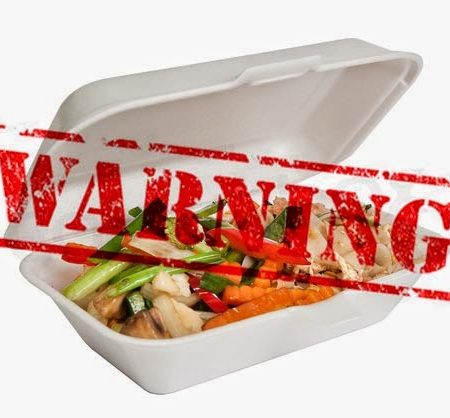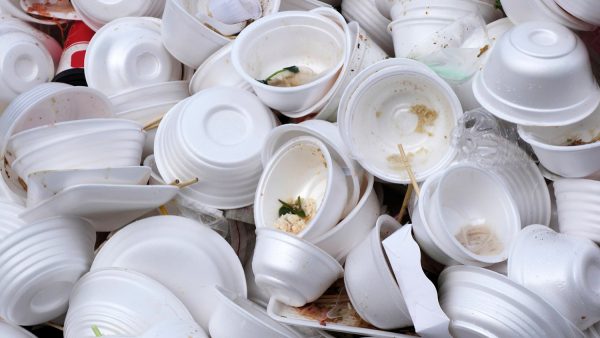Enforcement of a ban on using Styrofoam has been driven around the world for reasons of health and the environment. Often we find food containers made of Styrofoam material. Business people use for cheap reasons.
Styrofoam is classified as a type of plastic (polymer) based on its chemical composition. Behind all that practicality, there is a content of styrene and benzene, which is a chemical substance that is carcinogenic. This has been proven to cause cancer and a number of other negative effects.
Ingredients & Side Effects
- Styrene is easily released into greasy, fatty or alcoholic foods, especially when the food is hot. The result can cause damage to the spinal cord, problems in the thyroid gland, to anemia. This styrene can also reduce the production of red blood cells that are needed by the body to transport starch extracts of food and oxygen throughout the body so that symptoms of nerve dysfunction such as fatigue, anxiety, and insomnia can be migrated. potentially contaminate breast milk (breast milk).
- Benzene will react quickly when exposed to hot steam from food that is put into Styrofoam. Benzene that enters the body will target blood tissue. Benzene does not dissolve in water so it cannot be excreted in urine or feces, then builds up on fat in the body. This is what can trigger the emergence of cancer.
Impact on the environment
Microplastic
The main problem in the current plastic waste issue. Plastic waste, especially Styrofoam which is discharged into water over time will break into small pieces of invisible plastic called microplastic. The microplastic is then eaten by fish.
Does not decompose
Due to the massive use (due to the low price factor) styrofoam creates a pile of garbage. Naturally, Styrofoam can only be decomposed within a period of 500 years. But the process of recycling releases about 57 harmful compounds in nature. Styrofoam is even categorized as the 5th largest producer of hazardous waste in the world. For this reason, styrofoam waste continues to mount and disturb the environment. If discharged into rivers or waterways, styrofoam can clog the waterways and cause flooding.
“The amount of styrofoam waste in the city of Bandung reaches 27 tons every month. The biggest contributor to styrofoam waste is non-household as much as 11.9 tons per month. Meanwhile, households contribute 9.8 tons per month. The percentage of styrofoam waste reaches 1.14% of the 12% plastic waste that is collected every month.
Enri Damanhuri, Waste expert from the Bandung Technological Institute (ITB) Enri Damanhuri and colleagues in the Department of Environmental Engineering ITB in 2011
CFC
In addition to disturbing the environment, styrofoam apparently contributes to the emergence of the greenhouse effect. According to Enri, the process of making plastic products until now still uses chloro fluoro carbon (CFC) which is the cause of the greenhouse effect.
“Making styrofoam usually uses CFC to bloat it. Until now, Styrofoam making technology still uses it, “Enri said
.
Seeing these facts, it is time for us to look at alternative food containers or packaging that are more beneficial to our body and environment.
The solution is to use food and drink boxes made of ceramic or glass.

